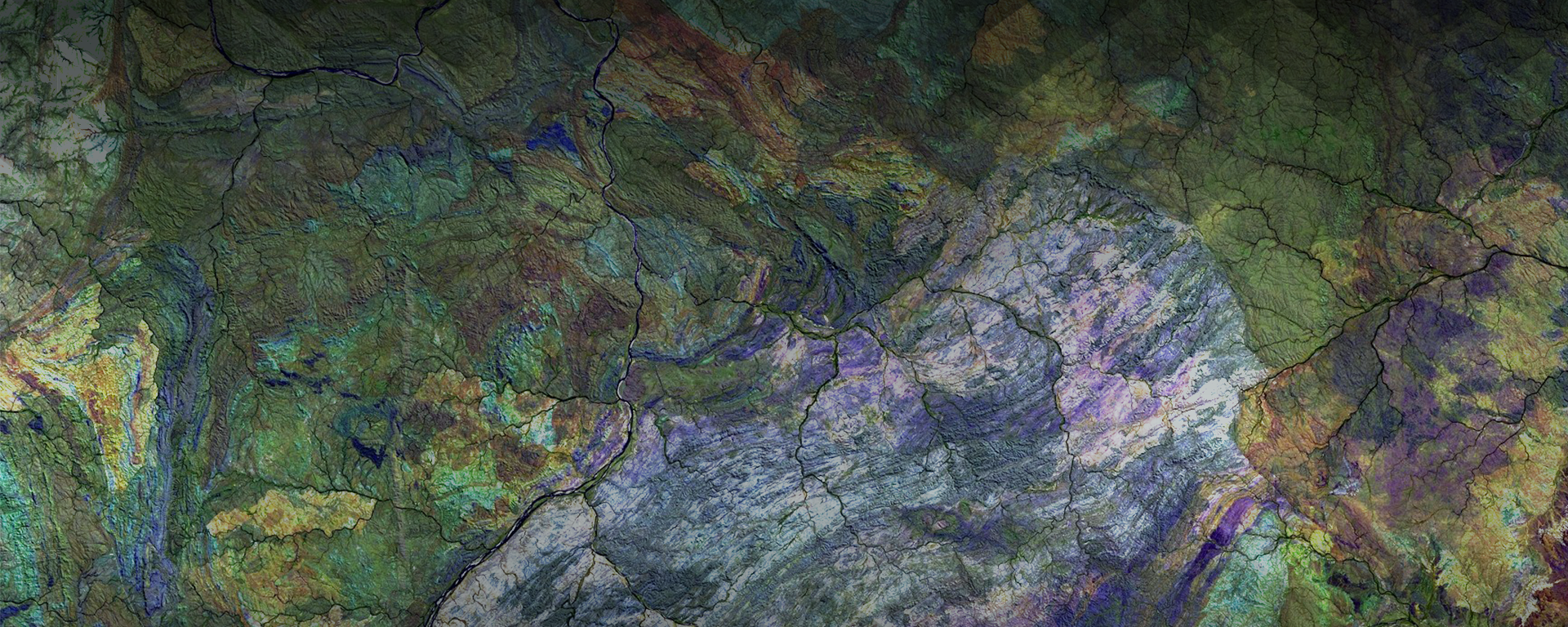Life Cycle Assessment - Definition & Methodology
A Life Cycle Assessment (LCA or Life Cycle Analysis) is a method to assess and analyze the environmental impact of a product over its entire life cycle. In this context, the term 'product' also includes services.
The analysis of the entire product life cycle – from resource extraction to production, use, and disposal – guarantees an integrated evaluation of all inputs and outputs, thus making sure negative environmental impacts and emissions aren't shifted to other life cycle phases of the product.
The methodology is defined in the ISO 14040/14044 standard. For the analysis of the environmental impact data from all materials, resources and energy used should be included.
In literature and practice, there are various forms of life cycle assessments, differing in scope, objective and products considered. All forms are subject to the same principles and methodologies, which are presented below.
Different LCA Types
Screening LCA
Rough estimation and assessment of environmental impacts considering the most relevant materials and resources using average data.
Product LCA
Descriptive analysis of the environmental performance of an individual product over its entire life cycle.
Comparative LCA
Comparison of different products or product variants. Different processes and production systems can also be compared.

Goals of an LCA
A life cycle assessment of a product pursues various objectives:
- Acquisition of environmental information & integration of ecological knowledge
- Identification of optimization potentials of the environmental performance
- Reduction of materials used & environmental impacts
- Creation of sustainable products
- Combining economic and environmental advantages
Setup of an LCA
An analysis of the life cycle is carried out in accordance with the standards ISO 14040/14044 in 4 steps:
- Definition of objectives, system boundaries and scopes: Which products are analyzed and compared under which conditions?
- Life Cycle Inventory: Which material & energy is used and emissions occur during the life cycle of the product?
- Impact assessment: How are the results of the Life Cycle Inventory assessed with regard to their environmental impacts?
- Interpretation: How are the results of the Life Cycle Inventory and impact assessment interpreted?
Life cycle phases
A holistic LCA considers the entire life cycle of a product (cradle-to-grave). This is roughly divided into the following 5 main phases or stages:
- Raw material
- Manufacture
- Distribution
- Consumer use
- Disposal/recycling
So in addition to the production system, further upstream and downstream process steps are evaluated.
Environmental impact categories
In general, all relevant potential harmful effects on soil, air and water must be taken into account through the use of resources and materials on the one hand and the emissions of pollutants on the other.
The ISO 14044 standard describes a large number of possible environmental impacts. The best known are:
- Global warming potential / Carbon Footprint (GWP)
- Acidification potential (AP)
- Eutrophication potential (EP)
- Human toxicity

Aggregation and valuation (LCIA) methods
A major challenge in a life cycle assessment is to summarise the various environmental impacts (e.g. greenhouse effect or eutrophication). There are different evaluation methods (life cycle impact assessment methods; LCIA), which differ in the procedure, e.g. with regard to weighting.
Some methods only consider a selected environmental area, such as the cumulative energy demand or the carbon footprint. Other fully aggregating methods (such as the Eco-Indicator) combine various environmental impacts into a single key figure.
The decisive factor for the selection of suitable impact categories and assessment methods should always be the product analyzed and the respective facts.
LCA databases
A large part of the effort involved in preparing an LCA is the research process of suitable data. For the production process, it is important to work with your own primary data. However, environment-related data, especially for upstream and downstream processes, are very difficult to collect. Therefore, secondary data are used for these cases:
- LCI database: contains Life Cycle Inventory data of a product or component and the material, energy and emission flows contained therein.
- LCIA database: contains environmental data and methods for assessing the ecological impact of a product.
LCA Case Studies
Would you like to learn how companies from different industries conduct an LCA and optimize their environmental impact?
Our Life Cycle Assessment Solutions

Our LCA Software
With our Umberto LCA software, you can analyze the environmental impact of your products across all life cycle phases. Find hotspots for optimization and create truly sustainable products.

LCA Consulting Services
Alternatively, our experienced team of experts is available to carry out a life cycle assessment for you. We are happy to support you individually, step by step, from data collection to a complete analysis of the environmental impact over the entire life cycle.








